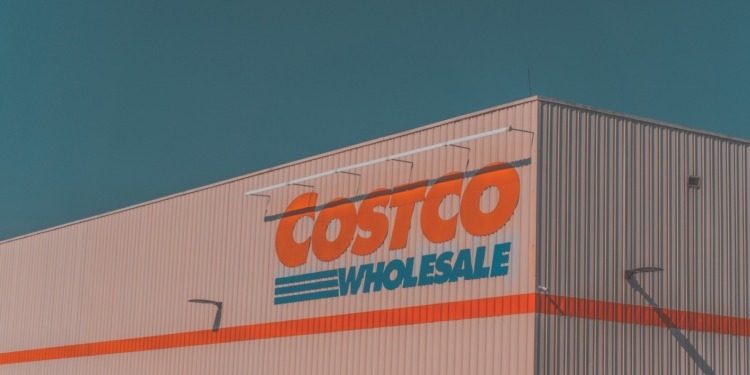Costco Wholesale is the 11th largest company in the United States and the third largest retailer in the world. While it previously lagged behind competitors in sustainability, the company has made significant strides in recent years.
With Black Friday right around the corner, let’s look at Costco’s sustainability efforts and how they compare to the rest of the industry.
Costco’s Climate Action plan
What is Costco’s plan for a sustainable future? Based on the company’s statement:
Doing the right thing […] is a driving force for continuous improvement at Costco and creates the foundation of our Climate Action Plan.
A more compelling basis for trusting the retailer’s environmental commitments lies in a resolution endorsed by its investors. In January 2022, an impressive 70% of the company’s shareholders voted in favor of emissions reduction, outlining specific emission caps. The overarching goal is to achieve net-zero emissions by 2050.
What sets this resolution apart is its comprehensive consideration of Scope 3 emissions, which specifically addresses emissions stemming from the company’s suppliers. For retailers, this often constitutes a significant portion of their overall carbon footprint. In the case of this retailer, Scope 3 emissions accounted for a staggering 98% of their CO2 emissions in 2022.
This focus on Scope 3 emissions distinguishes the retailer from many counterparts, such as its primary competitor Walmart, which often omits explicit data on these emissions. By acknowledging and addressing supplier emissions, Costco positions itself for a more effective reduction strategy. Moreover, it provides a transparent metric for assessing the company’s progress, fostering trust in its commitment to sustainable practices
How Costco is becoming more sustainable
Unlike its main competitor, Walmart, Costco is very transparent about where its sustainability efforts are going. The company underlines three pillars of its Climate Action Plan: communities, operations, and merchandising. Each leads to a number of detailed documents detailing Costco’s efforts in each area.
Related Articles: Coca-Cola, Nestlé, and Danone Accused of Misleading Recycling Claims | How Sustainable Is Amazon? | The Soft Drinks Sustainable Showdown: Coca-Cola Vs. PepsiCo
Human Rights
The company’s Human Rights documentation reiterates its suppliers’ code of conduct, explicitly forbidding illegal and dehumanizing working conditions. It then meticulously details, across a substantial sixteen pages, how Costco ensures its suppliers adhere to this code.
These measures encompass routine inspections at the production line, complete with graphical representations of the results, and a series of corrective actions. Admittedly, the outcomes are not entirely positive, with approximately 40% of inspected companies scoring below average. However, a comparative analysis of this document against those of industry giants like Amazon or Walmart underscores the rarity of such transparency.
By making this information public, Costco illuminates one of its significant challenges. The supply line, often situated in countries with lax labor laws, tends to be a neglected aspect for many companies, despite being one of the most perilous for workers and surrounding communities. In this particular division, Costco is not performing exceptionally well, a trend shared by many large corporations. However, the retailer appears genuinely committed to improvement
Waste reduction
Like many other industries of the same size, Costco says it’s dedicated to reducing waste. But compared to other large retailers, Costco publishes yearly documents on its waste minimization that are very detailed.
The 2022 document describes how much waste was diverted from landfills and how much food was donated or recycled. It also shows the company’s preferred mode of reuse. That’s how we know that Costco prefers to buy less food overall than to redirect waste towards food banks and prefers to donate food rather than recycle it for industrial use.
How does Costco compare to other retailers?
As explained earlier, Costco is much more transparent than many other retailers. For example, Amazon doesn’t include the vast majority of its supply line in its sustainability report. The same is true for Walmart, which is very opaque about its Scope 3 emissions.
That said, Costco started to set its sustainability targets very recently. It didn’t even publish yearly reports or make carbon commitments, something very rare for a company of its size.
But in recent years, the company seems to have turned around its sustainability efforts. On one hand, Costco’s commitments to transparency are staggering compared to where the company was just a few years ago.
On the other hand, the company has been preparing to unveil its sustainability plan for a while now. Maybe all this time spent planning has finally paid off.
Editor’s Note: The opinions expressed here by the authors are their own, not those of Impakter.com — In the Featured Photo: A Costco store. Featured Photo Credit: Omar Abascal.









